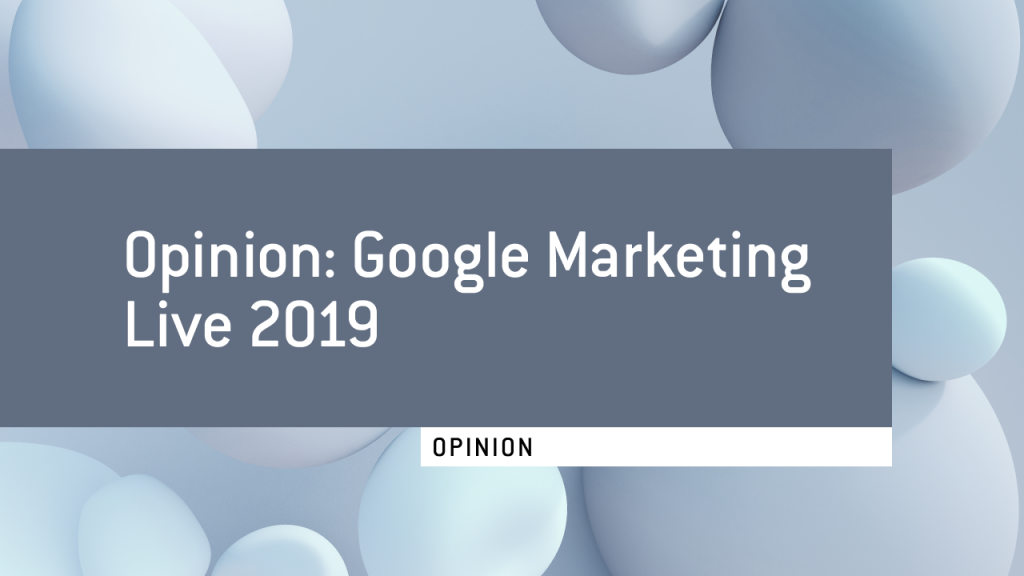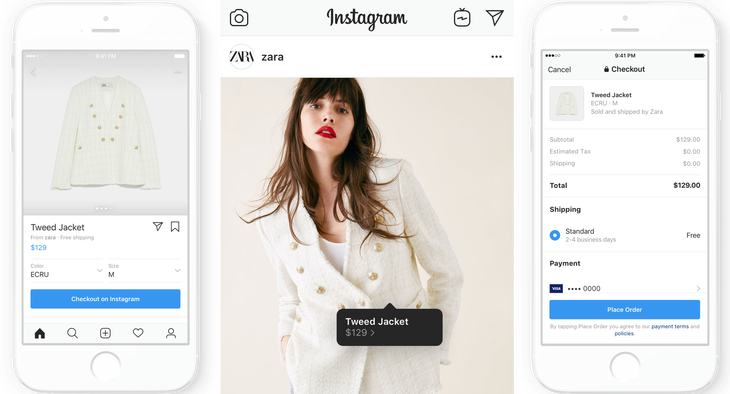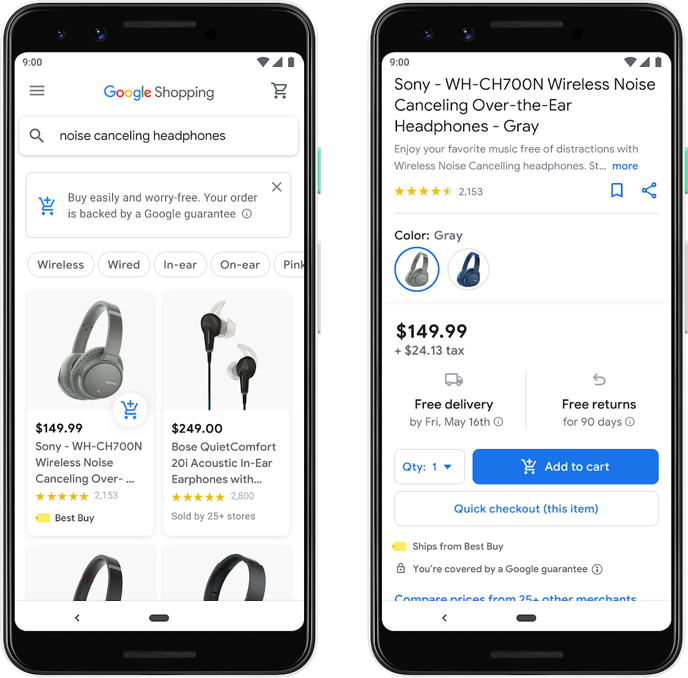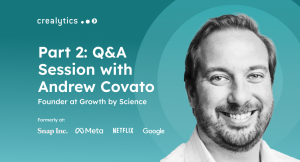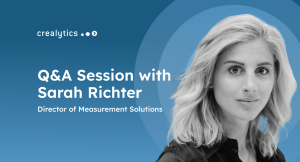If you hadn’t already noticed, convergence looms larger than ever in big tech. Its players increasingly mirror the features and business models of their rivals’ in order to grow. The announcements at Google Marketing Live 2019 made no exception to that.
Google’s Marketing Live announced many new ad formats and products. In today’s blog, we’ll focus on the most relevant ones—beginning with Part 1 (below).
Part 1
- With its New Google Shopping Experience, the search giant intends to move deeper down the sales funnel…all the way to the transaction. Google continues to expand from a pure advertising channel to a sales channel. Amazon did the same thing – just the other way around.
Part 2
- With Discovery Ads, Google has introduced a push-based ad format on a personalized news feed (The Discovery Feed). By choosing a click-based remuneration model, the company pushes its boundaries to show highly relevant ads—hoping to compete with Facebook in the upper-funnel stakes.
Part 3
- By introducing Shopping Campaigns with partners and Gallery Ads, Google intends to grow its main search ad business. How exactly? By fostering more competition and higher bids on its core operation.
The new Shopping experience – Google finally understands that it needs to earn the transaction before owning it
Google Shopping ads are one of Google’s most successful ad formats. Increased pushes towards automation and reach through Google owned-properties like Gmail and YouTube are one thing. Expanding from an advertising to a sales channel represents the next frontier.
Google’s early steps toward mediating the shopper/merchant experience – via Shopping Actions and Google Express – struggled to ignite. This felt especially true as Walmart quietly pulled out of the program.
And yet owning the transaction has become an increasingly vital, strategic goal. Not only can it expand its business model by earning commissions on the transaction. It also allows the search giant to monetize its Voice Assistant in the near future. Daily commodities like milk, when ordered through the device, allow Google to process multiple transactions on a regular base at scale.
Another important advantage hinges on the use of eCommerce buying histories to target shoppers across the web. Amazon’s DSP demonstrates the power of eCommerce targeting better than most.
Instagram’s influence increases
Instagram further increases the pressure to own transactions. The Facebook-owned vehicle recently introduced a push allowing brand manufacturers to sell directly through the social network—without ever leaving it. Premium brands would rather see their products shoppable on Instagram…instead of rummaging for them on Amazon.
And while Mr. Zuckerberg’s PR focuses on the privacy aspect of end-to-end encryption through messaging, his real intention lies in building a messaging system with payment options—think WeChat. Having shoppers’ payments information during any product pivot will come in handy.
Every platform needs a promise to make to its customers. Just saving shoppers from having to enter their credit card information over and over again won’t cut it. As a result, Google has finally cloned Amazon’s promise to be safe when shopping on its platform:
“The blue shopping cart on the item shows shoppers they can seamlessly purchase what they want with simple returns and customer support, backed by a Google guarantee. So people can buy confidently, knowing Google is there to help if they don’t get what they were expecting, their order is late, or they have issues getting a refund.“ – Google Marketing Live update.
However, serving the basic needs of the Maslow hierarchy – safety – is a necessity, not a luxury. While Amazon has been the shopper’s advocate for several years, Google has long held back from a clear value promise to its shoppers.
Regardless of whether a basic safety promise will be enough, living up to consumer expectations with guaranteed delivery dates and return handling does another thing for Google in the mid-term. It creates demand for its own logistics services—fulfillment through Waymo, its self-driving car company.
So how does Google differentiate? Mainly by giving users and advertisers the choice of how transactions happen: via Google itself, an online shop, or in-store via click and collect.
Un-tapping Google as a new sales channel may be a smart choice for small to medium brand manufacturers—whose online shops brought mainly additional fixed-costs, low customer loyalty and a huge struggle to attract tech talent.
Stay tuned for our thoughts on Part 2: Google’s push for more upper-funnel sales

